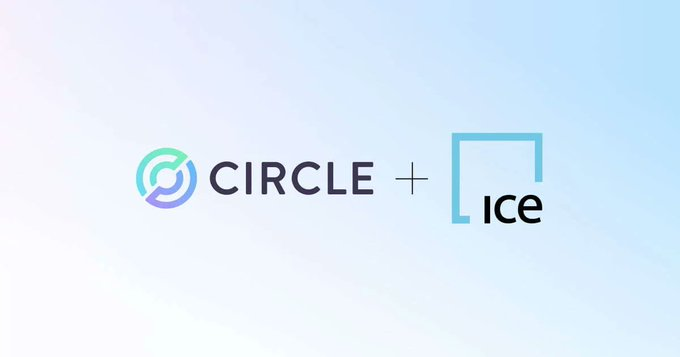Circle’s IPO Journey: From Setbacks to a New Beginning
On April 1, 2025, Circle, the issuer of USDC – the world’s second-largest stablecoin – officially submitted an IPO application to the U.S. Securities and Exchange Commission (SEC), with plans to list under the ticker symbol CRCL on the New York Stock Exchange. This marks Circle’s third attempt to go public: after a failed SPAC merger attempt in 2021 and a secret application in 2024, this public S-1 filing signifies the company’s effort to establish a “compliance benchmark” for the crypto industry amid tightening regulatory scrutiny.
According to the prospectus, Circle reported revenues of $1.68 billion in 2024, representing a 16% year-over-year increase. However, its net profit fell from $268 million in 2023 to $156 million, mainly due to declining U.S. Treasury yields and rising compliance costs. These financial figures underscore the challenges faced by stablecoin issuers: despite USDC being backed 100% by cash and short-term U.S. Treasury bonds, 99% of its revenue depends on interest from those reserves, making it highly sensitive to macroeconomic conditions.

The Compliance Race in the Stablecoin Market
Circle’s IPO application comes at a time when the U.S. Congress is advancing the GENIUS Act, which mandates that stablecoin issuers hold 100% cash reserves and undergo regular audits. If passed, this legislation would further highlight USDC’s compliance advantages, while competitors like Tether (USDT) could face pressure to adjust their reserves. Currently, USDC’s circulation is valued at $60 billion, representing a 26% share of the stablecoin market. Although this is significantly lower than Tether’s 67% market share, USDC’s transparency and institutional partnership network (with firms such as Visa and BlackRock) position it as a key bridge for traditional finance to embrace crypto assets.
Notably, Circle’s lead underwriters include Morgan Stanley and Citigroup, indicating that traditional financial capital is accelerating its entry into the crypto compliance space. Meanwhile, Ripple announced the launch of its USD stablecoin in March 2025 to directly compete with USDC and USDT, further intensifying market competition.
Challenges and Opportunities
Despite the milestone nature of Circle’s IPO, the company faces several risks:
-
Revenue Concentration:
Overreliance on U.S. Treasury interest income means that a Fed rate cut or a decline in stablecoin demand could significantly impact profitability. In 2024, USDC’s reserve interest income accounted for 99% of its revenue, with enterprise payment APIs contributing less than 1%. -
Regulatory Uncertainty:
The SEC has yet to clarify whether USDC qualifies as a security, and the EU’s MiCA regulation requires stablecoin issuers to hold banking licenses, which could force Circle to invest additional capital. -
Competitive Pressure:
Tether’s first-mover advantage continues to dominate the market, while PayPal’s PYUSD and Ripple’s new stablecoin are eroding market share, and DeFi protocols like MakerDAO are developing yield-bearing stablecoins to siphon users away.
The 2023 Silicon Valley Bank crisis once caused USDC to briefly decouple, with its market cap plummeting from $45 billion to $24 billion. This incident is referenced multiple times in the prospectus as a cautionary note regarding the fragile link between crypto assets and traditional financial systems.
Web3 and Traditional Finance Integration Experiment
If the IPO succeeds, Circle plans to use the raised funds to expand into the Asia-Pacific market and launch on-chain yield-generating USDC in Japan. Its long-term strategy includes developing central bank digital currency (CBDC) infrastructure and piloting a digital dollar in collaboration with the Federal Reserve. This approach differentiates Circle from other crypto firms like Coinbase—Circle focuses on bridging fiat and blockchain through compliant channels rather than solely expanding transaction volumes.
For investors, Circle’s public listing is not just a corporate milestone; it serves as a litmus test for whether the crypto industry can integrate into mainstream financial systems. A valuation decline from $7.7 billion in 2022 to $4–5 billion could reflect market caution regarding the stablecoin business model. For more insights on stablecoin market dynamics, please visit the JuCoin trading platform.



